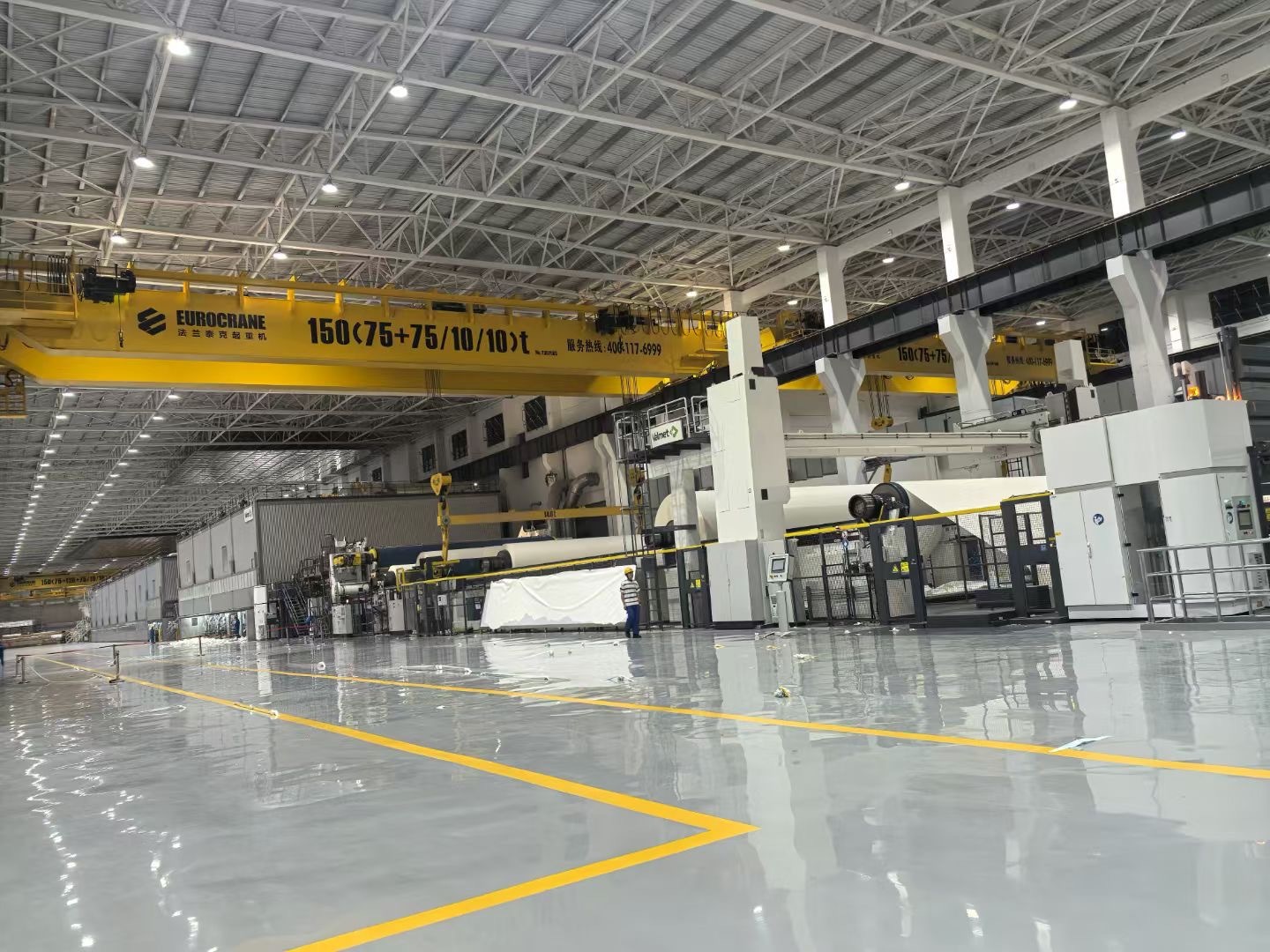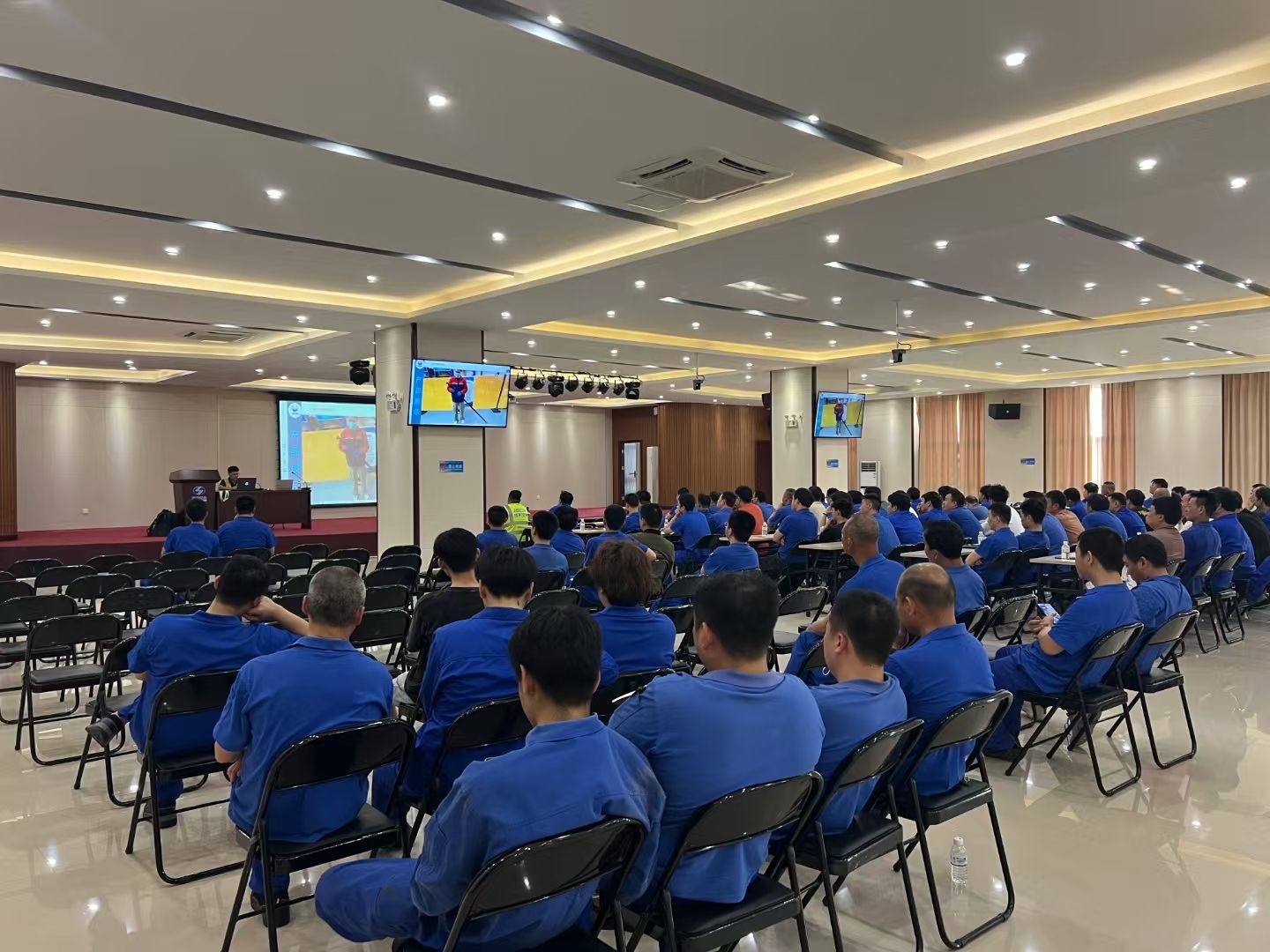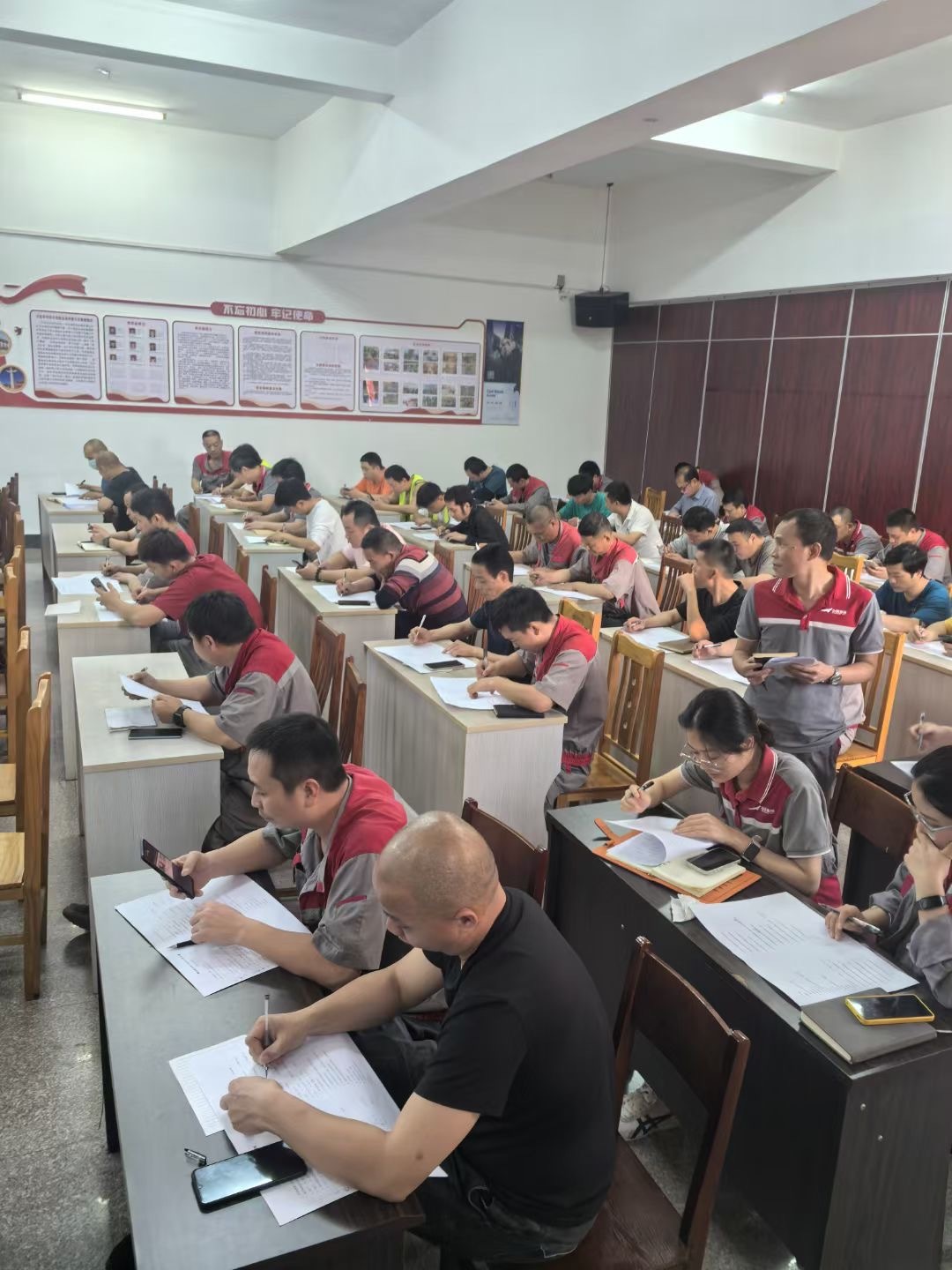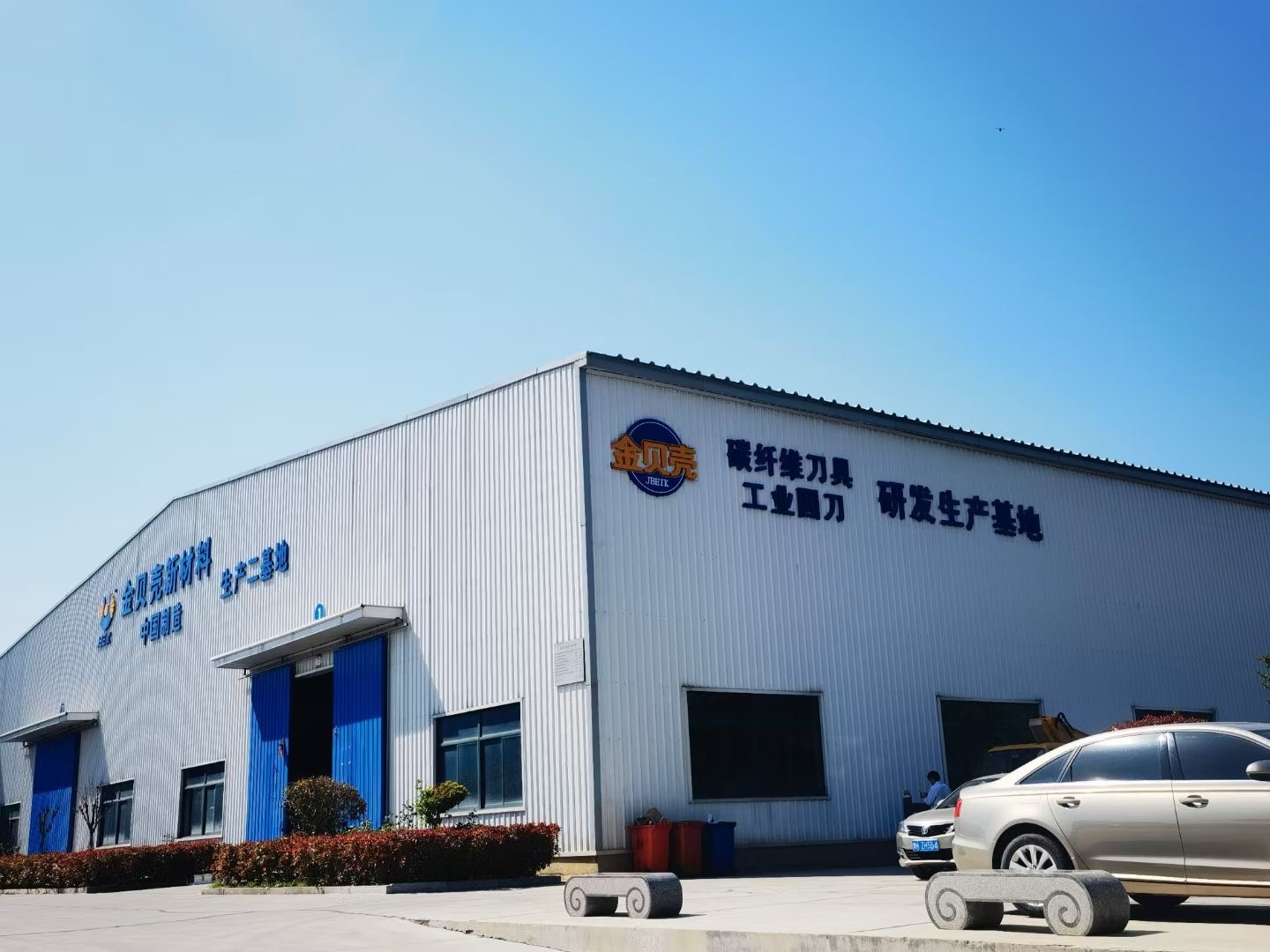Carbon fiber composite material processing technology
Release time:
2024-07-12
It should be noted that the above-mentioned processing process is only a general step, and the specific processing process will vary according to specific product requirements and material properties.
The carbon fiber composite material processing process generally includes the following steps:
1. Preparation of fiber prepreg: Carbon fibers are mixed with a resin to form a fiber prepreg. The resin may be a thermosetting resin such as an epoxy resin, a phenol resin, or a thermoplastic resin such as polyimide.
2. Molding: The fiber prepreg is placed in the mold, and vacuum adsorption or pressure is used to remove the air and the space between the resin prepreg. According to different processing techniques, different methods such as compression molding, injection molding, and rotational molding can be used.
3. Curing: According to the type of resin and heating conditions, the fiber prepreg in the mold is heated to cure the resin into a hardened state. This step can be carried out at room temperature or at high temperature, and the best curing conditions need to be determined according to the curing characteristics and material requirements of the resin.
4. Cutting and trimming: The cured carbon fiber composite material is cut into the required size and shape, which can be cut and trimmed by machine cutting, sandblasting or EDM.
5. Surface treatment: Surface treatment of cut and trimmed carbon fiber composite materials to improve their surface properties and bonding properties. Common surface treatment methods include sanding, cleaning, coating of surface treatment agents or coatings, etc.
6. Assembly and connection: Assemble the processed carbon fiber composite material into the required product and connect it with adhesives, bolts or other connectors.
7. Testing and quality control: Testing and quality control of processed carbon fiber composite materials, including appearance inspection, size measurement, mechanical performance testing, etc., to ensure that the product quality meets the requirements. It should be noted that the above-mentioned processing process is only a general step, and the specific processing process will vary according to specific product requirements and material properties.
Key words:
You can also learn more dynamic






